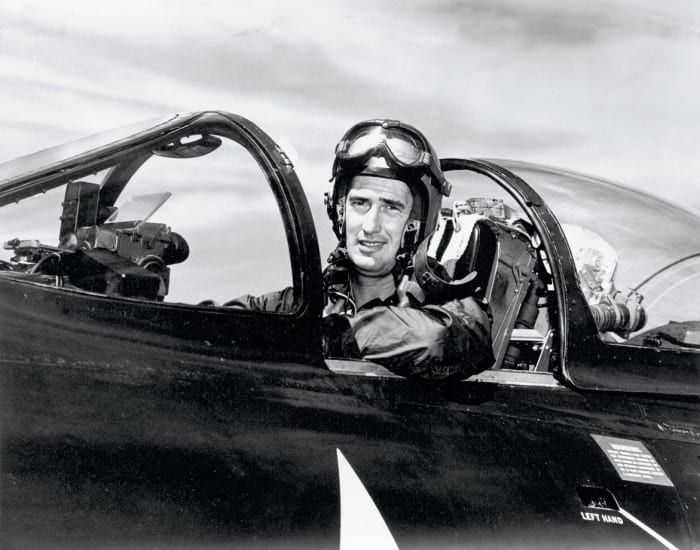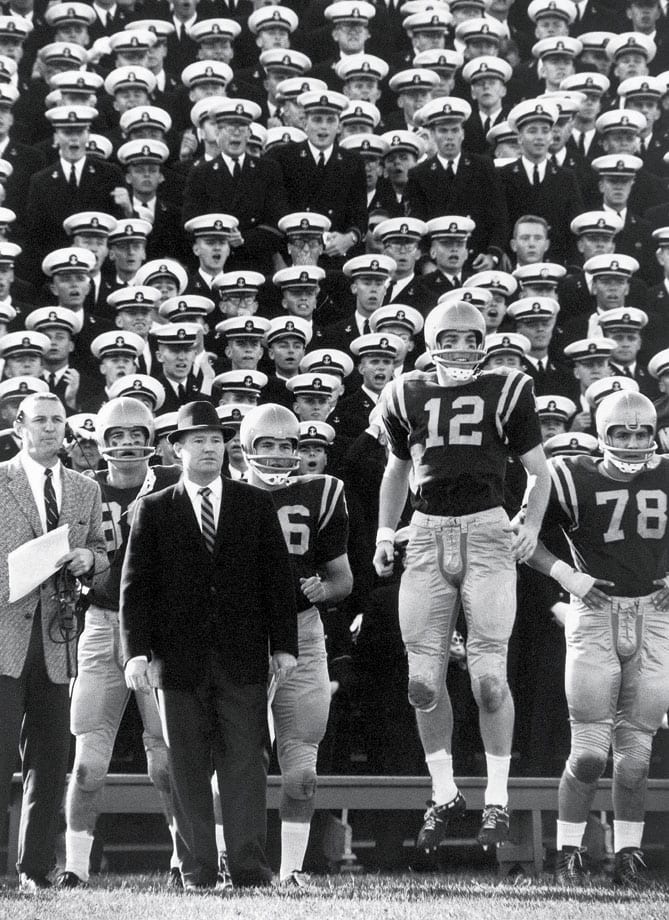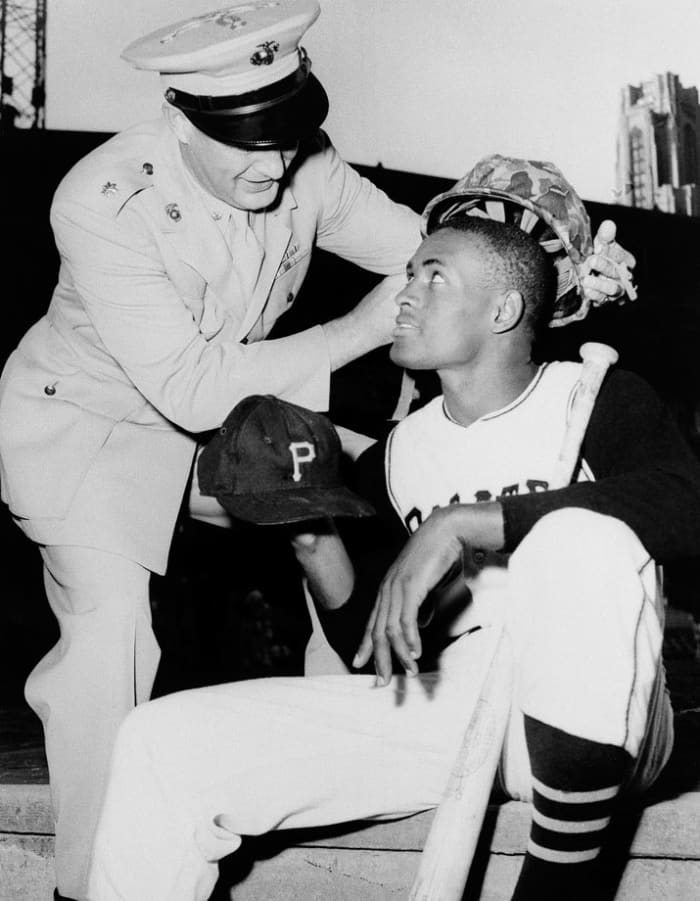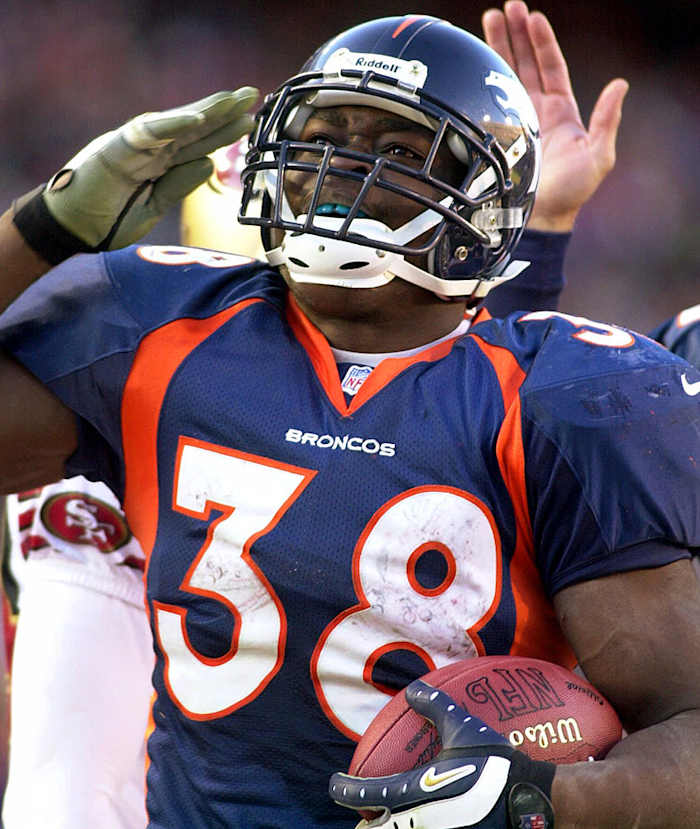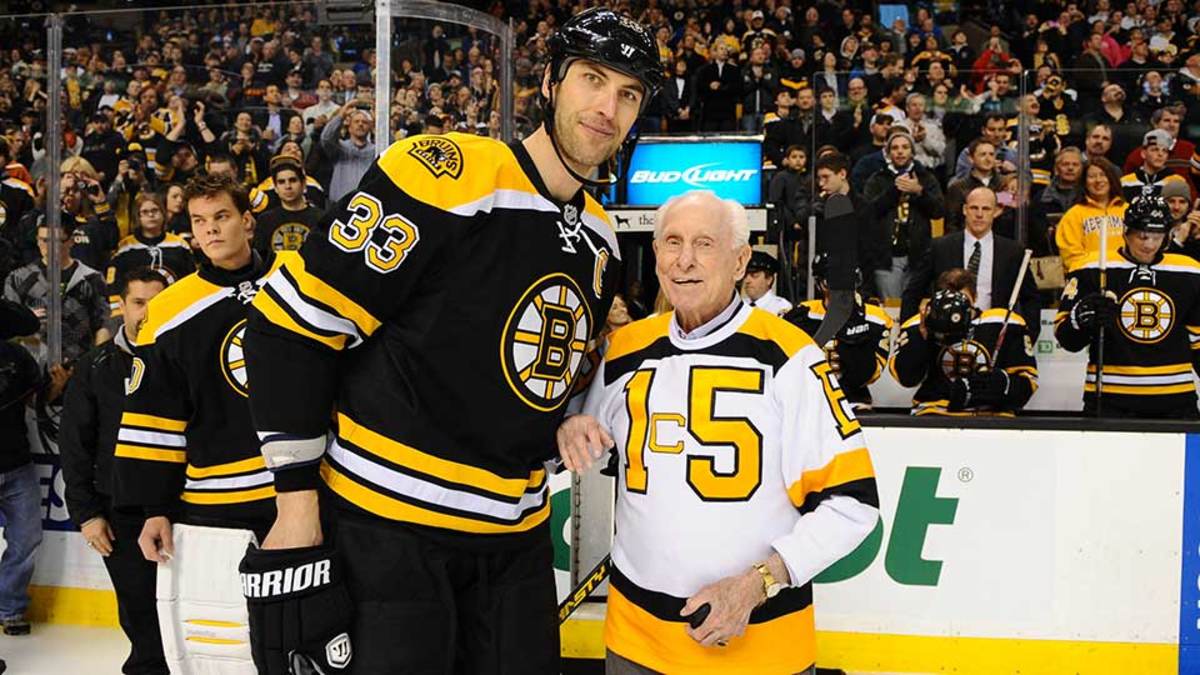
Remembering hockey’s bravest on Veterans Day
On the day set aside to reflect on the men and women who gave everything so that the rest of us can enjoy peace and freedom, it’s worth taking a moment to remember the sacrifices made by those who played the game we love.
According to the Society for International Hockey Research, nearly 150 elite players lost their lives during wartime during the past century. Here are 11 who paid the ultimate price.
• Tom Kennedy was killed in a suicide bomb attack just two weeks into his deployment in Afghanistan in 2012. He was never drafted by an NHL team but spent four years manning the blue line for the Army Black Knights. After his graduation, Kennedy was the hockey program’s officer representative, traveling with the team and serving as a mentor to the young players.
“He was always there for them—for anybody in the West Point community,” Army coach Brian Riley told USCHO.com. “That’s why [his death] hit the West Point community so hard. He was so well liked and he touched so many different people at West Point; not just the hockey family but the whole West Point community.”
• According to the SIHR, Kennedy was the most recent elite player be killed in action, but not the only one to be lost in the war on terror. Before him, it was Derek Hines. The 2003 West Point graduate was conducting security operations in Afghanistan on Sept. 1, 2005, when he was killed in action during a small-arms battle with insurgents. Hines played four years for the Black Knights, scoring 12 goals in 110 games.
“I remember seeing the amount of people who came out to his funeral,” Riley told USCHO.com, “and seeing all of those people that a young man who was 25 years old touched. I knew he was a difference-maker in life.”
Since 2007, the American Hockey Coaches Association has paid tribute to that legacy, presenting the Derek Hines Unsung Hero Award to honor the “consummate team player and team builder.”
• Beginning next season, the Division 1 Colgate Raiders will play their home games at the Steven J. Riggs ’65 Rink. The facility, currently under construction, is being named in honor of the former captain of the team who was killed in Vietnam in 1968.
During the 1963 and 1964 seasons, Riggs led Colgate to its first two appearances in the ECAC playoffs. A high-scoring center, he finished his career with 51 goals and 72 assists for 123 points, a school record at the time.
• Defenseman Tom Brindley left his teammates Colorado College to join the Navy in 1967. He died the following year in a small arms battle near Khe Sanh, South Vietnam, posthumously earning the Navy Cross for his bravery.
GALLERY: Athletes Who Served in the Military
Athletes Who Served in the Military
Rocky Bleier
Ted Williams
Yogi Berra
Joe DiMaggio
Bob Feller
Whitey Ford
Joe Louis
Roger Staubach
Willie Mays
Pee Wee Reese, Phil Rizzuto, and Hugh Casey
Jackie Robinson
Bob Kalsu
Pat Tillman
Ahmard Hall
David Robinson
John Wooden
Tom Seaver
Nolan Ryan
Tom Landry
Larry Doby
Roberto Clemente
Ty Cobb
Christy Mathewson
Mike Anderson
Bill Bradley
Bill Sharman
More than 100 pros from across the NHL and various minor leagues turned in their hockey sticks for rifles during World War II, including Johnny Bower, Milt Schmidt (in photo above with Zdeno Chara) and his Kraut Line teammates Woody Dumart and Bobby Bauer, Tiny Thompson, Syl Apps and Doug Harvey. Two lesser known players never returned to the ice:
• Joe Turner played just one game for the Red Wings, a 3–3 tie with the Maple Leafs, but the team had high hopes for the young goaltender after he led the AHL with 34 wins and backstopped the Indianapolis Capitals to the ’42 Calder Cup championship. But after that season, the Windsor, Ont., native heard the call of duty and joined the U.S. Army. Two years later, on his first day of active combat, he was killed in battle in Germany.
• Dudley “Red” Garrett took advantage of the league’s depleted rosters to earn a spot with the Rangers in 1942 when he was just 18. Though he stood just 5' 11", 190 pounds, he was rough and ready (he led the OHA with 61 penalty minutes in 18 games in 1941-42). His physical play carried over to New York, where he earned his keep physically and chipped in one goal and two points in in 23 games before he was called to join the war effort.
Garrett was stationed in Atlantic Canada, working escort ships for for boats carrying supplies to Allied troops in Europe. He was killed in action off the coast of Newfoundland in 1944 when his ship was sunk by a German U-boat.
Though he played just six games in the minors, the AHL created the Red Garrett Memorial award in 1947 to honor the league’s top rookie.
• Another trophy, this one given to the Ontario Hockey League’s Most Valuable Player, was named to recognize a WWII casualty. Red Tilson was the league’s leading scorer for the 1942-43 season, and a key member of an Oshawa Generals squad that made it to the Memorial Cup Final before losing to the Winnipeg Rangers. Tilson enlisted in the Canadian Army instead of turning pro the following season. He was killed in action in Holland.
• The First World War was just as cruel to the hockey community.
Seven of the eight members of the 1915 Independent Hockey League champion Winnipeg Falcons signed up to fight for Canada in World War I. Two of those players, Frank Thorsteinson and George Cumbers, lost their lives overseas. The remaining five returned home after the war and rebuilt the team that went on to win the 1920 Allan Cup. That victory earned them the right to represent Canada at the 1920 Olympic Games in Antwerp, where they captured the first ever ice hockey gold medal.
• One-Eyed Frank McGee scored a Stanley Cup record 14 goals in one game for the legendary Ottawa Silver Seven in their famous 1905 series against the Dawson City Nuggets. Eight of his 14 goals were scored consecutively in a span of less than nine minutes, leading Ottawa to a 23–2 victory that still stands as the most lopsided game in Stanley Cup history.
McGee was among the 14 members of the inaugural class of the Hockey Hall of Fame in 1945. He was also among the 24,029 soldiers and personnel that Canada suffered in the Battle of the Somme, and one of 11,169 unfound casualties commemorated at the Canadian National Vimy Memorial in Pas-de-Calais, France.
• Hockey’s greatest loss though might have been Hobey Baker. The first American superstar, he skated as a rover for Princeton University where he smashed records and became one of the biggest draws in sports. After the end of his college days, he joined the U.S. Air Force in the First World War, where he served with the Lafayette Escadrille. A skilled flyer, he was awarded the Croix de Guerre for “exceptional valor under fire.” When the war came to an end, he insisted on one last flight before heading home. Tragically, the plane crashed and he perished at 26. The Hobey Baker Memorial Award is given each year to the NCAA’s top player in his memory.

































